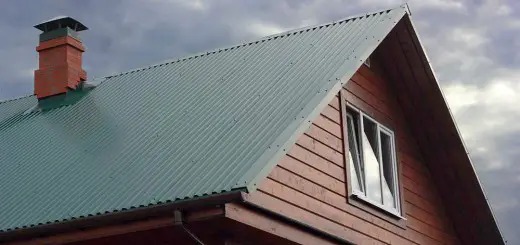A Brief Inventory Of Common Washing Machine Problems
Now do a little imagination exercise and transpose yourselves into a world where there’ll be no washing machines. You suddenly become actors in a horror movie. This is not just about physical effort, which is pretty serious, we have to admit, that our imagination exercise involves, but also wasted time, this priceless resource in these times. And, since any nightmare has to end quickly, let’s come back to the real world and review the common washing machine problems so you can always have control over this indispensable technology.
For a start, it is important to know that, if the washing machine is reporting a fault code, by way of either a seemingly meaningless letter or a number combination or a series of flashing lights (LEDs), then you have to plug it off. You can check the respective code in the instruction manual or on forums in order to find out the cause. If no success here, then you have to turn to a specialist.
If the drum isn’t spinning then you should find a cause in either the use of the washing machine or relatively simple faults. The first and most obvious things to check are trying to spin small loads. All modern machines have what are called out of balance sensors. These sensors will interpret small loads as a potential risk as the washing machine or washer dryer could spin out of balance leading to excessive vibration, potential damage to the cabinet and stress on the bearing and drum. Washing small loads or single items will often cause this problem. But mind that putting too much laundry inside will produce the same result.
There are also technical cause for this symptom which could be a broken or defect transmission belt, a pressurestat out of order or the electric engine spinning the drum of the same condition. In many cases, the machine won’t start unless the fluff filter is clear and the residual water removed. Cleaning should be done periodically.
If the washing machine won’t drain the water, then you should check the drain pump or again clean the fluff filter or drain the residual water from the small tank which can usually be found at the bottom of the front side.
If the water leaks out of the machine, especially through the detergent assembly, then the first step to take into consideration is to clean this part. In time, detergent collects and solidifies, clogging the pipes.
If the washing machine draws water but doesn’t heat it you should check the resistor, whether it is burnt or disconnected. If, on the contrary, the washing machine gets no water, check if the front door is well shut or the water hose and filters are not clogged. And, last, but not least, if the machine fills with water even if switched off, then you should take a look at the electric valve which is, in most of the cases, the main cause.
Sources: Ukwhitegoods.co.uk, Famouswhy.ro


















